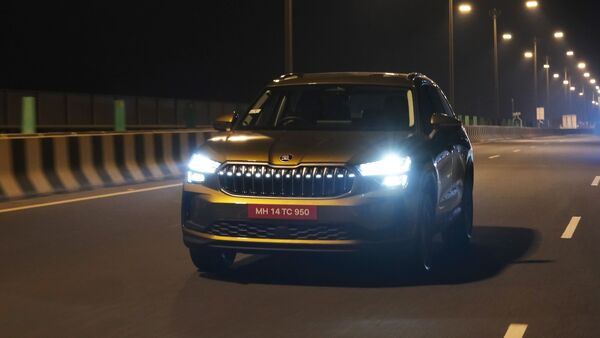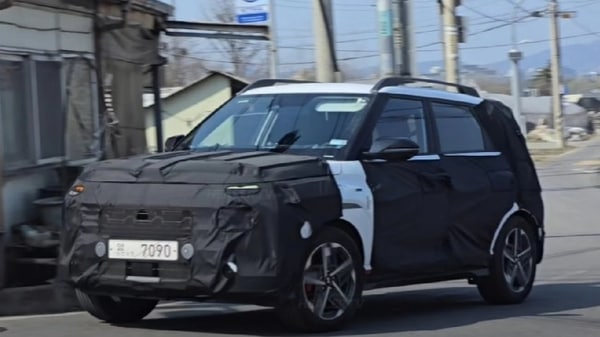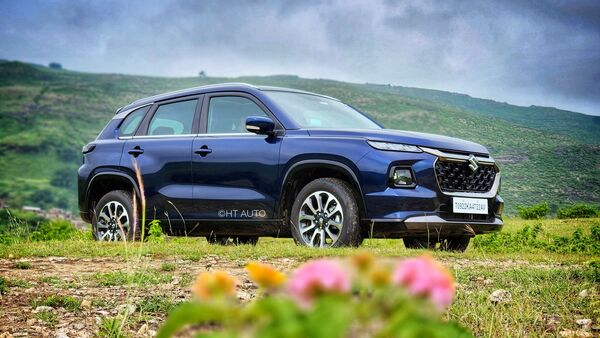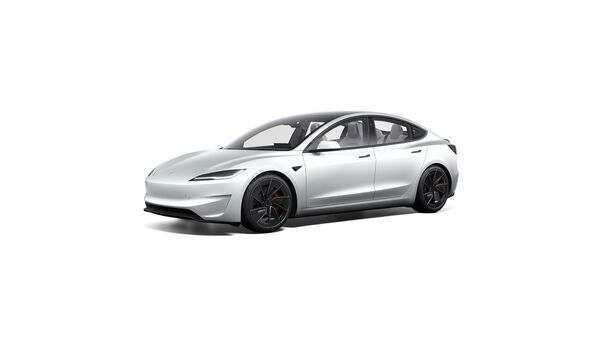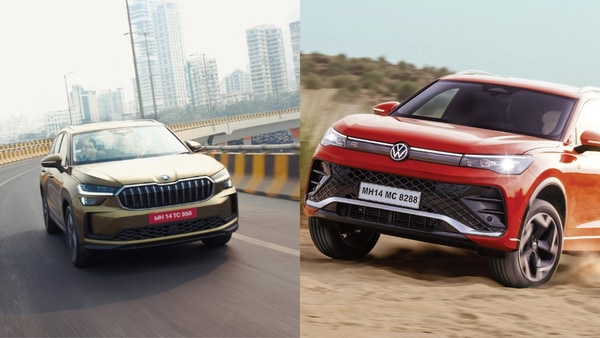
India’s Auto Market Shines in FY25 with Soaring PV and EV Sales
5 days ago | 5 Views
The Indian automotive sector exhibited sustained growth in the fiscal year 2024-25, as reported by the Society of Indian Automobile Manufacturers (SIAM). During this period, domestic sales increased by 7.3 percent, while exports experienced a notable rise of 19.2 percent.
SIAM attributed this growth to several key factors, including robust demand, infrastructure investments, supportive government policies, and an emphasis on sustainable mobility. Additionally, a favorable economic policy landscape and positive market sentiment played significant roles in this upward trajectory. Shailesh Chandra, President of SIAM, noted that Passenger Vehicles, Two-Wheelers, and Three-Wheelers all experienced growth in FY 2024-25 compared to FY 2023-24, although the growth rates varied across segments.
While Passenger Vehicles and Three-Wheelers saw moderate growth due to a high base effect, they achieved record sales in these categories. In contrast, the Two-Wheeler segment reported strong growth during FY 2024-25.
Another best ever year for passenger vehicles
The passenger vehicle segment achieved its highest sales ever in the fiscal year 2024-25, totaling 4.3 million units, which represents a 2 percent increase compared to the fiscal year 2023-24. Utility Vehicles (UVs) continued to be the main contributor to this growth, accounting for 65 percent of total passenger vehicle sales, an increase from 60 percent in the previous fiscal year.
Additionally, exports of passenger vehicles reached a record 770,000 units, marking a growth of 14.6 percent. The demand for globally recognized models produced in India significantly contributed to this export increase, especially in Latin American and African markets, with some manufacturers also initiating exports to developed countries. In the fourth quarter of FY25 (January-March 2025), domestic sales amounted to 1,162,560 units, while exports totaled 192,276 units. For March 2025 alone, domestic sales were recorded at 329,742 units, with exports reaching 77,176 units.
Continued growth for two-wheelers
In the fiscal year 2024–25, sales of two-wheelers totaled 19.6 million units, reflecting a year-on-year growth rate of 9.1 percent. This recovery in the market was supported by increased demand from rural regions and enhanced consumer confidence. The scooter segment was the primary driver of this growth, benefiting from improved connectivity in rural and semi-urban areas, as well as the launch of new models featuring advanced specifications.
During this period, exports amounted to 420,000 units. In March 2025 alone, domestic sales reached 1,656,939 units, while exports were recorded at 364,812 units, marking an 11.5 percent increase compared to the same month in the previous year. Rajesh Menon, Director General of SIAM, noted that the two-wheeler sector experienced a robust growth momentum of 9.1 percent this financial year, with total sales reaching 19.6 million units.
Upward trajectory for electric vehicles
In the fiscal year 2024-25, total electric vehicle (EV) registrations amounted to 1.97 million units, an increase from 1.68 million units in the previous fiscal year 2023-24, reflecting a growth rate of 16.9 percent. Registrations of electric passenger vehicles exceeded 100,000 units, marking an 18.2 percent rise.
Additionally, electric two-wheeler registrations rose by 21.2 percent, reaching 1.15 million units. This growth in the EV sector has been supported by public policy measures and the entry of new manufacturers into the market.
What’s next for Indian auto industry
All sectors of the Indian automotive industry are expected to persist in their growth strategies during the fiscal year 2025-26. Favorable macroeconomic conditions, supportive government initiatives, and increased investment in infrastructure are anticipated to be the primary catalysts for this growth. A forecasted normal monsoon in 2025 is likely to enhance economic activity, especially in rural and semi-urban areas, thereby boosting demand within the automotive sector.
Chandra noted that in FY2024-25, the Government of India launched the PM E DRIVE and PM e-Sewa schemes, highlighting its strong commitment to advancing sustainable mobility. Looking forward, a stable policy environment, coupled with recent reforms in personal income tax and interest rate reductions by the Reserve Bank of India (RBI), is expected to bolster consumer confidence and stimulate demand across various segments.
The adjustments in personal income tax and the significant rate cuts implemented by the RBI will facilitate easier access to vehicle financing, further driving demand. Exports are projected to remain strong, with 'Made in India' vehicles gaining popularity in Africa and other regions. The industry will continue to monitor macroeconomic indicators and global geopolitical trends closely.
Read Also: SUV Value Comparison: Volkswagen Tiguan R-Line vs Toyota Fortuner
Get the latest Bollywood entertainment news, trending celebrity news, latest celebrity news, new movie reviews, latest entertainment news, latest Bollywood news, and Bollywood celebrity fashion & style updates!
HOW DID YOU LIKE THIS ARTICLE? CHOOSE YOUR EMOTICON!
#

